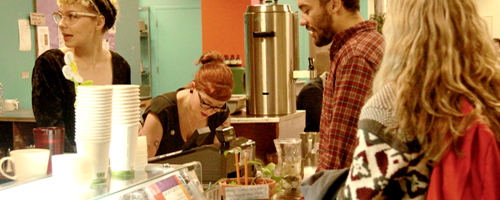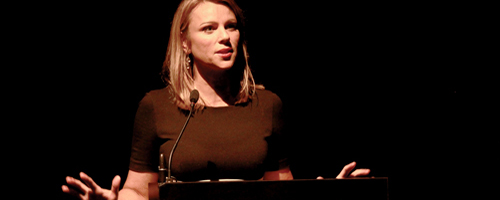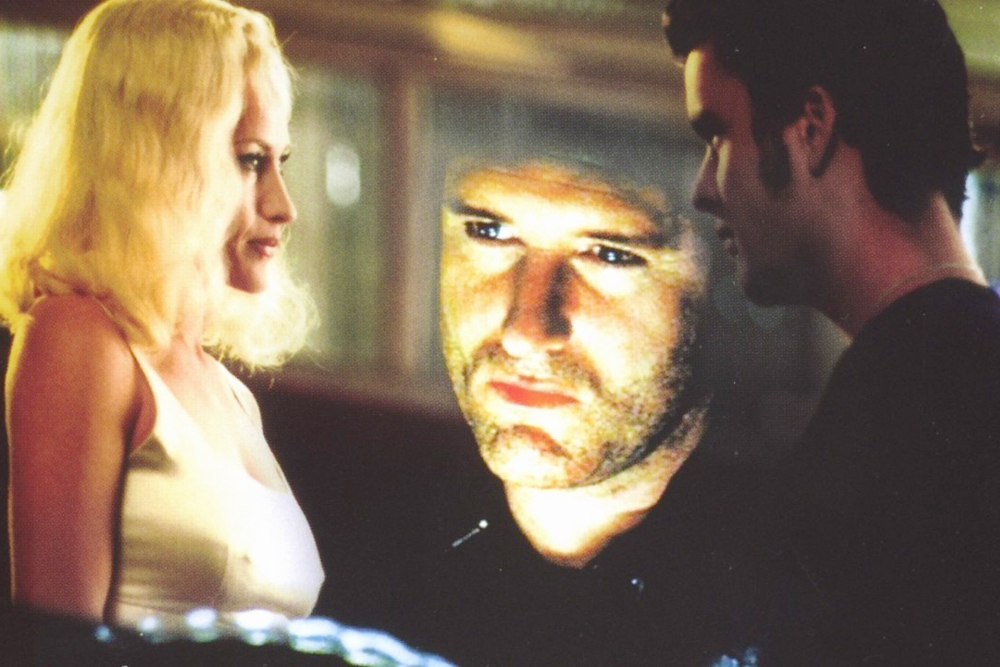Inequalities between men and women can be determined through a variety of measures; however, in the U.S., perhaps nowhere is this inequality more apparent than in politics.
Women in politics
Inequalities between men and women can be determined through a variety of measures; however, in the U.S., perhaps nowhere is this inequality more apparent than in politics.
According to census data, women make about three quarters of what men make and are more likely than men to occupy the low-level jobs.
Dr. Kim M. Williams, the academic director of the Center for Women, Politics and Policy, spoke to a crowd of 40 in Lincoln Hall on Saturday as part of the Portland State of Mind lecture series.
Williams first discussed the gender inequality that has been a part of the United States politics over time. Since 1789, only 2 percent of Congress officials have been women.
In Oregon, women make up 50.5 percent of the population, but only 28 percent of members of the Oregon legislature are women. The percent of women in Oregon’s legislature has decreased since 2002, when 33 percent of legislators in the state were women.
At 29 percent, the percentage of businesses owned by women also demonstrates this political disparity.
Williams broke down the 2012 election cycle to show the Republican Party’s reliance on white male voters.
While Obama’s election in 2008 seemed to signify the U.S.’s movement towards racial equality, Williams said, “Americans don’t want to accept nuance.”
While 90 percent of Republicans are white, more African Americans, Hispanics, young people and unmarried women tended to vote for Obama in 2008.
This racial disparity is “increasingly an issue for the GOP,” Williams said, but he also explained that no one could predict who would win the upcoming election.
One of the attendees, Cheryl Myers, a member of the North Clackamas School Board, spoke up during the talk.
“Women run [for office] when they are asked,” Myers said, adding that women are more hesitant to interrupt their established careers with a run for political office, even when they are considering it.
Men need less encouragement to run for office, Williams said, while women more commonly wait for their children to grow up before they consider running.
True enough, when an audience member asked Williams herself if she would ever consider running, she joked, “No, never,” but then said that she had young children and that she enjoyed her work as an academic.
In an earlier interview, Williams mentioned her hope that women at Portland State step up in all capacities.
“We would like to see more women tenure,” Williams said.
As an instructor at Harvard Kennedy School until recently, Williams was a part of a group of women academics who spoke out against Larry Summers, who was at that time the president of Harvard, when he made a statement about women being innately less likely to succeed in the sciences.
“Women occupy the lower, most tenuous positions,” Williams said of academia, while men usually hold positions “at the top of the academy.”
“I would like to see women at Portland State join together for a common cause,” she said.
The Center for Women, Politics and Policy hopes to do just that by connecting women to policy makers and “movers and shakers” across Oregon.
Williams explained that as an instructor she tries to push her students to think beyond their preconceptions about gender.
“I’m about building a broader scope for women,” Williams said. “Education is my answer.”
This year in Oregon is the centennial anniversary of women gaining the right to vote, a landmark of progress that women should celebrate, Williams said, while being mindful of the need for further gains.
“We’re moving in the right direction, but we still have a long way to go.”








Understanding that gender equality is not yet established in positions of power, I am always curious why the idea that more women occupying low-level jobs than men is seen as a negative. Success shouldn’t be measured just in terms of money and power. Sometimes it’s about simply earning a living-wage and surviving. In this sense, women seem to have a significant edge over men if such a statement is true. I’m sure there are plenty of unemployed men who would love to be able to have jobs which are predominately held by women. If, however, they’re being occupied by women it’s probably because we’ve reached a point where women are more qualified, or, in other words, they have the education and experience to back up their skills and talents. At some point the scales tip and I’ve read things recently which suggest that boys/men are, in fact, falling behind in education because of the emphasis placed on pushing women forward. True equality must start from the foundation not the top.
“I am always curious why the idea that more women occupying low-level jobs than men is seen as a negative.”
How can it not be a bad thing?
Whatever work tends to be regulated to women is often paid less. When men enter, or sometimes take over, fields formally occupied by women those jobs become more valued.
“I’m sure there are plenty of unemployed men who would love to be able to have jobs which are predominately held by women.”
The way you have phrased this statement reveals an automatic assumption that men should have priority in jobs. The problem isn’t that women are working, the problem is that they have barriers to occupations of value.